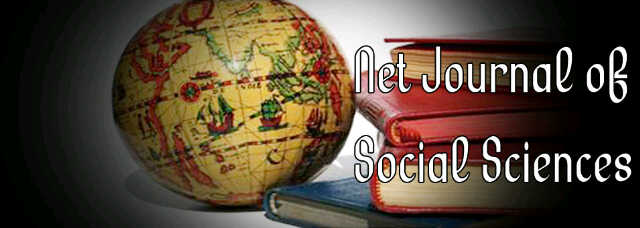Long-term effects on political-administrative incompetence dissimulated in the miner code: The case of Cameroon
Salomon BissohongNet Journal of Social Sciences
Published: December 29 2020
Volume 8, Issue 3
Pages 64-72
Abstract
If most countries in the world that are amongst the most influential can swagger because of their economic, military, socio-political, more over strategic powers, Cameroon’s case is quite different. In fact, the principal objective of this article remained that extractive wealth in which the State of Cameroon should draw its power, proof of its self-determination lags behind to open out. In this country precisely, our framework made up of the localities Dompta, Belel and Belabo, the mining code which could indicate this honorable profile remains unfortunately filled with impertinent with regard to locale population welfare. We also note a hypothesis of conscious absence of ingenuity of its politico-administrative bodies, resulting of inappropriate character of the laws witch contrast with the requirements needs for the residents of the aforesaid activities. The ethnomethodology of Harold Garfinkel which takes into account the « co-construction » the social actors are able for a better explanation of social by (the accountability), has been adopted as sociological method. The following instruments for data collection were used: documentary observations, (direct and indirect) observation, have become relevant for the realization of this work. The results obtained at the end of this sociological investigation revealed that after several decades of its use, and its lots of amendments, 1- this exclusive legal instrument of business has till date never produced the desired welfare. 2- The country illustrates more of itself instead as a burden, a dead load geostrategic to more than a title, in spite of its economic vitality and the pride it has. 3- The limelight the origins of these disagreements.
Keywords: Cameroonian mining code, locale populations, ethnomethodology, inappropriate laws, the extractive field.
Full Text PDF
